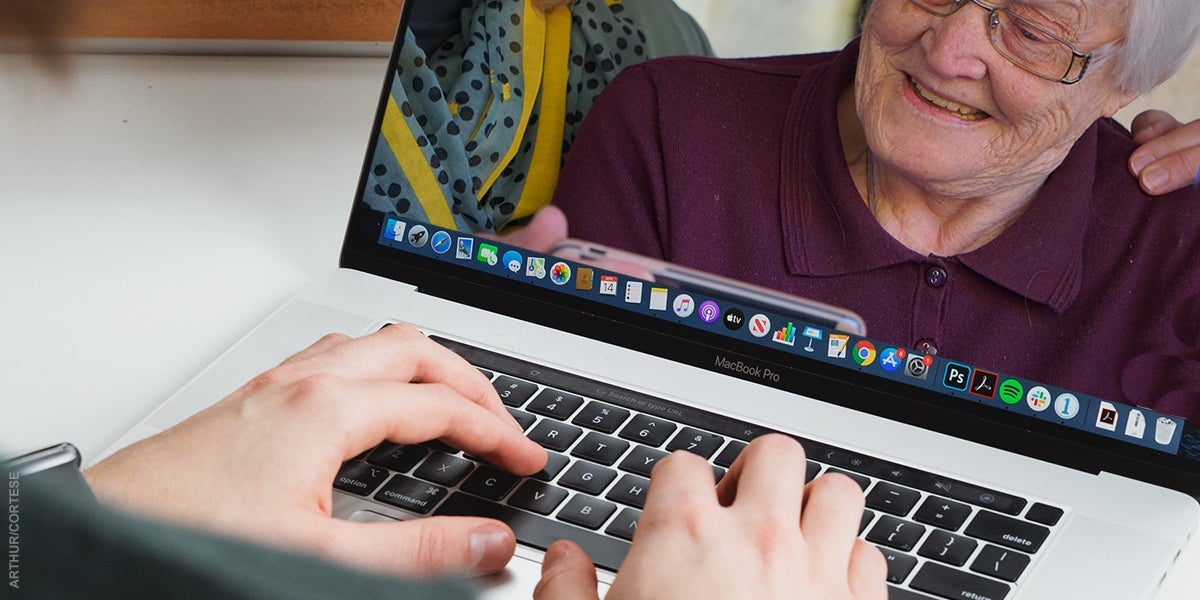URI nursing Professor Betty Rambur collaborates with colleague on in-depth look at the history and future of virtual care
The COVID-19 pandemic radically transformed the delivery of primary care in the United States. In the face of a highly contagious virus, the fragility of the nation’s reliance on in-person primary care was dramatically revealed, with implications for patient access to primary care, cost, and the financial sustainability of providers and primary care practices.
To facilitate access to primary care, telehealth services regulations, administrative rules, payer policies, and reimbursement were modified almost overnight. Providers quickly adapted, and more patients have become acquainted with primary health care offered in the comfort of their home, a care delivery model that eliminates travel time and time-consuming waits in primary care practices.

University of Rhode Island College of Nursing Professor Betty Rambur joined colleagues from around the country for an in-depth look at the impact COVID-19 has made on telehealth, and the future of the virtual care. The College’s Routhier Chair for Practice and her research partners present a comprehensive look at the history of telehealth and its increasing prevalence; the benefits of and barriers to virtual care; payment trends for virtual care; and the education and training necessary for nurses and other health care workers to provide telehealth.
Their paper was published in the journal, ScienceDirect, and is available online. Read the full paper here.
Highlights of the study include:
- Payment policy should support provision of services designed to promote health and support self-management of chronic conditions provided by RN’s, APRNs and other both licensed independent providers, allied health professionals, paraprofessionals on the team and other allied health professionals as part of a team-based approach to primary care.
- Primary care services delivered through telehealth should be subject to the same standards, regulations and quality expectations as visits providing the full range of prevention, health promotion, chronic illness management, behavioral health care, and the care of acute and episodic illness across the lifespan.
- Basic and graduate nursing education curricula must change to reflect a primary care practice environment that increasingly incorporates telehealth connections and technology as a hallmark of quality care.
“Virtual care and other forms of technology-enabled interactions provided fresh approaches to primary care and have the potential to be efficient, collaborative, cost-effective, and patient-centered,” the paper reads. “Taken as a whole, the acceptance by both patients and providers of primary care services via telehealth suggests that telehealth in some form and configuration is here to stay. Thus, the purpose of this manuscript is to discuss the implications for telehealth in primary care, benefits and barriers for patients and providers, considerations and cautions, as well as reforms needed to ensure appropriate and equitable availability of telehealth services post-COVID 19 pandemic.”

